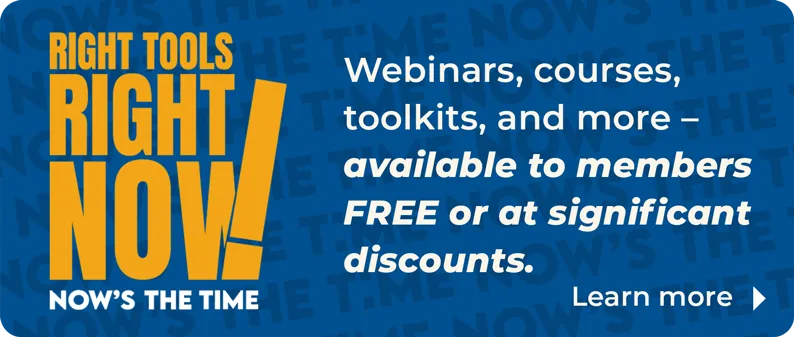At the national level, housing affordability increased in December 2020 compared to a year ago and rose compared to November, according to NAR’s Housing Affordability Index. Affordability increased in December compared to November as the median family income rose by 1.9% while the median home prices grew by 13.5%. The effective 30-year fixed mortgage rate1 fell to 2.72% this December from 2.73% in November. Mortgage rates are at all time lows compared to a year ago at 3.78%.

As of December 2020, the national and regional indices were all above 100, meaning that a family with the median income had more than the income required to afford a median-priced home. The income required to afford a mortgage, or the qualifying income, is the income needed so that mortgage payments make up account for 25% of family income.2 The most affordable region was the Midwest, with an index value of 222.8 (median family income of $83,092 which is more than twice the qualifying income of $37,296). The least affordable region remained the West, where the index was 121.6 (median family income of $90,451 and the qualifying income of $74,400). The South was the second most affordable region with an index of 178.8 (median family income of $76,980 and the qualifying income of $43,056). The Northeast was the second most unaffordable region with an index of 165.2 (median family income of $95,383 with a qualifying income of $57,744).

Housing affordability3 increased from a year ago in all regions except the Northeast, where there was a dip of 3.8%. The Midwest had an increase of 1.8% followed by the South with a gain of 4.1%. The West region had the biggest increase in affordability at 5.0%.
Affordability is up modestly in all four regions from last month except the Northeast, which had a modest decline of 0.3%. The West had an increase of 1.6% followed by the South with an increase of 1.8%. The Midwest had the biggest gain of 3.0%.
Nationally, mortgage rates were down 105 basis point from one year ago (one percentage point equals 100 basis points).

Compared to one year ago, the payment as a percentage of income declined to 14.6% this December from 14.9% from a year ago due to lower interest rates. Regionally, the West has the highest mortgage payment to income share at 20.6 % of income. The Northeast had the second highest share at 15.1% followed by the South with their share at 14.0%. The Midwest had the lowest mortgage payment as a percentage of income at 11.2%. Mortgage payments are not burdensome if they are no more than 25% of income.4

Last week the Mortgage Bankers Association reported mortgage applications decreased 4.1 percent from one week earlier. First time home buyers are being challenged by low inventory levels. Home prices are still out pacing incomes; however, rates are still low which is helping families pay a lower percentage of their income on housing.
What does housing affordability look like in your market? View the full data release.
The Housing Affordability Index calculation assumes a 20% down payment and a 25% qualifying ratio (principal and interest payment to income). See further details on the methodology and assumptions behind the calculation.
1 Starting in May 2019, FHFA discontinued the release of several mortgage rates and only published an adjustable rate mortgage called PMMS+ based on Freddie Mac Primary Mortgage Market Survey. With these changes, NAR discontinued the release of the HAI Composite Index (based on 30-year fixed rate and ARM) and starting in May 2019 only releases the HAI based on a 30-year mortgage. NAR calculates the 30-year effective fixed rate based on Freddie Mac's 30-year fixed mortgage contract rate, 30-year fixed mortgage points and fees, and a median loan value based on the NAR median price and a 20% down payment.
2 The 25% mortgage payment to income share takes into consideration that a homeowner has other expenses such as property insurance, taxes, utilities, and maintenance, so that total housing expenses are no more than 30% of income. Housing costs are not burdensome if they account for no more than 30% of income.
3 A Home Affordability Index (HAI) value of 100 means that a family with the median income has exactly enough income to qualify for a mortgage on a median-priced home. An index of 120 signifies that a family earning the median income has 20% more than the level of income needed pay the mortgage on a median-priced home, assuming a 20% down payment so that the monthly payment and interest will not exceed 25% of this level of income (qualifying income).
4 Total housing costs that include mortgage payment, property taxes, maintenance, insurance, utilities are not considered burdensome of they account for no more than 30% of income.









